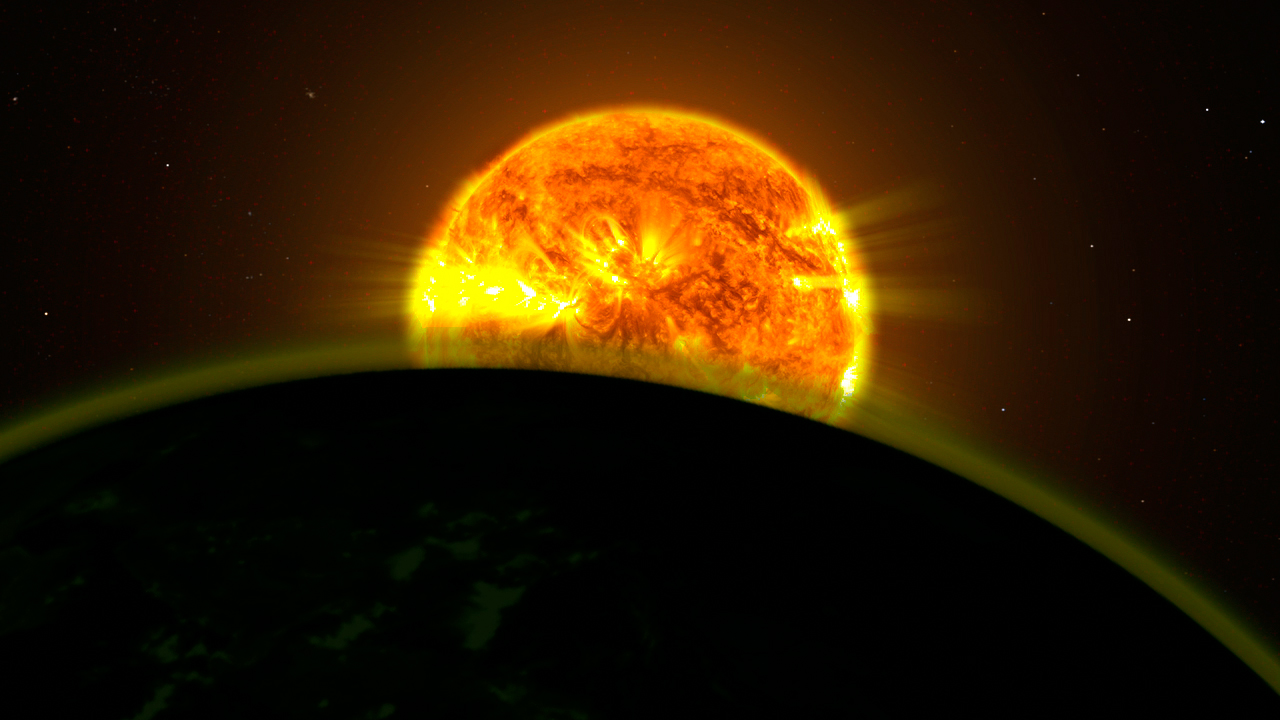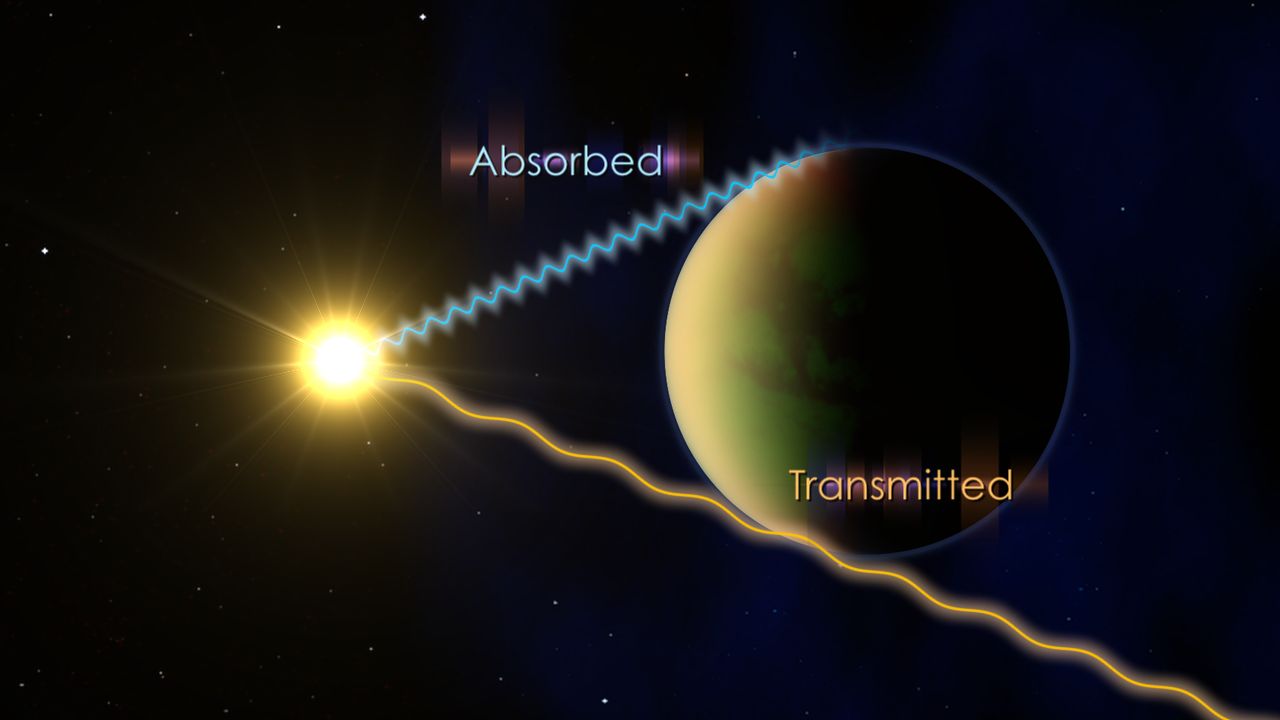Signs of Water Found on 5 Alien Planets by Hubble Telescope

NASA's Hubble Space Telescope has detected water in the atmospheres of five planets beyond our solar system, two recent studies reveal.
The five exoplanets with hints of water are all scorching-hot, Jupiter-size worlds that are unlikely to host life as we know it. But finding water in their atmospheres still marks a step forward in the search for distant planets that may be capable of supporting alien life, researchers said.
"We're very confident that we see a water signature for multiple planets," Avi Mandell, of NASA's Goddard Space Flight Center in Greenbelt, Md., lead author of one of the studies, said in a statement. "This work really opens the door for comparing how much water is present in atmospheres on different kinds of exoplanets — for example, hotter versus cooler ones." [The Strangest Alien Planets (Gallery)]
The two research teams used Hubble's Wide Field Camera 3 to analyze starlight passing through the atmospheres of the five "hot Jupiter" planets, which are known as WASP-17b, HD209458b, WASP-12b, WASP-19b and XO-1b.
The atmospheres of all five planets showed signs of water, with the strongest signatures found in the air of WASP-17b and HD209458b.
"To actually detect the atmosphere of an exoplanet is extraordinarily difficult. But we were able to pull out a very clear signal, and it is water," Drake Deming of the University of Maryland, lead author of the other recent study, said in a statement.
Water is thought to be a common constituent of exoplanet atmospheres and has been found in the air of several other distant worlds to date. But the new work marks the first time scientists have measured and compared profiles of the substance in detail across multiple alien worlds, researchers said.
Breaking space news, the latest updates on rocket launches, skywatching events and more!
The water signatures were less intense than expected in all cases, likely because the five hot Jupiters are surrounded by a haze of dust, researchers said.
"These studies, combined with other Hubble observations, are showing us that there are a surprisingly large number of systems for which the signal of water is either attenuated or completely absent," Heather Knutson of the California Institute of Technology in Pasadena, a co-author on Deming's paper, said in a statement. "This suggests that cloudy or hazy atmospheres may in fact be rather common for hot Jupiters."
The study led by Mandell came out today (Dec. 3) in The Astrophysical Journal, while the paper led by Deming was published in September in the same journal.
Follow Mike Wall on Twitter @michaeldwall and Google+. Follow us @Spacedotcom, Facebook or Google+. Originally published on SPACE.com.

Michael Wall is a Senior Space Writer with Space.com and joined the team in 2010. He primarily covers exoplanets, spaceflight and military space, but has been known to dabble in the space art beat. His book about the search for alien life, "Out There," was published on Nov. 13, 2018. Before becoming a science writer, Michael worked as a herpetologist and wildlife biologist. He has a Ph.D. in evolutionary biology from the University of Sydney, Australia, a bachelor's degree from the University of Arizona, and a graduate certificate in science writing from the University of California, Santa Cruz. To find out what his latest project is, you can follow Michael on Twitter.


